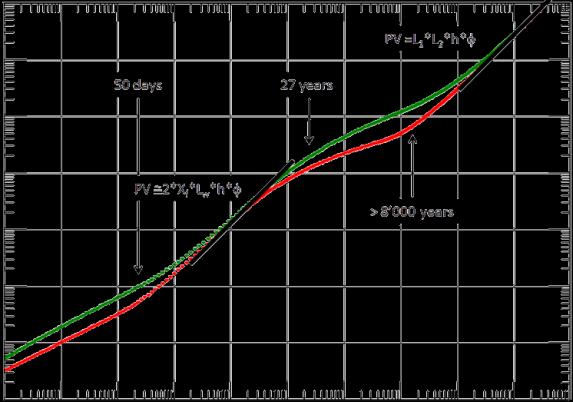Basic HTML Version



KAPPA Consortium on Unconventional Resources – Draft – 7
th
Feb 2011
p3/10
Diffusion is not straightforward, and many mechanisms may affect the gas flow: Stress
dependence, Klinkenberg effect, Bingham diffusion and, yes, desorption.
Desorption (left) and stress dependence (right)
There is also the question of the fractured network. The hydraulic fractures open some
cleats, but there are others. Taking into account a secondary network of fractures can
radically change the estimate of the production, and whether or not production will go
beyond the SRV during the economic life of the well. Even on such fundamental issues
there is no unanimous agreement.
In these intensely low permeability formations ‘your reservoir is your well’ as Christine
Economides puts it so succinctly, or as the old tight gas hands used to say: ‘you get what
you frac’. The part of the reservoir that is the most likely to produce anything to a given
fractured horizontal well is a slightly inflated version of the volume trapped between the
fractures at the extremity, called the Stimulated Reservoir Volume (SRV).
For the same reason, ‘your test is your production’. In a standard formation we use a few
hours or days of shut-in to identify a transient model. The time to Pseudo-Steady State (PSS)
may be longer, but still the order of magnitude will be the same. The result of the analysis will
then be used to forecast the production. In shale gas we are constantly in transient conditions.
Even when we see PSS in the SRV it is, strictly speaking, only a long duration transient.
Depending on fracture density the PSS may indeed never be seen.
Typical transient response where PSS is seen in the SRV

